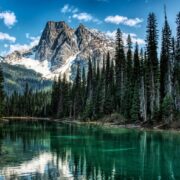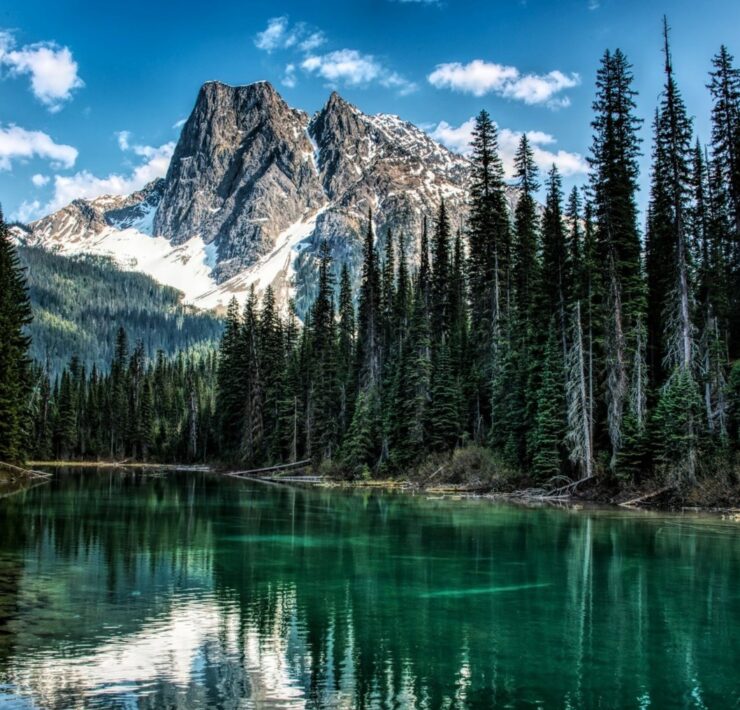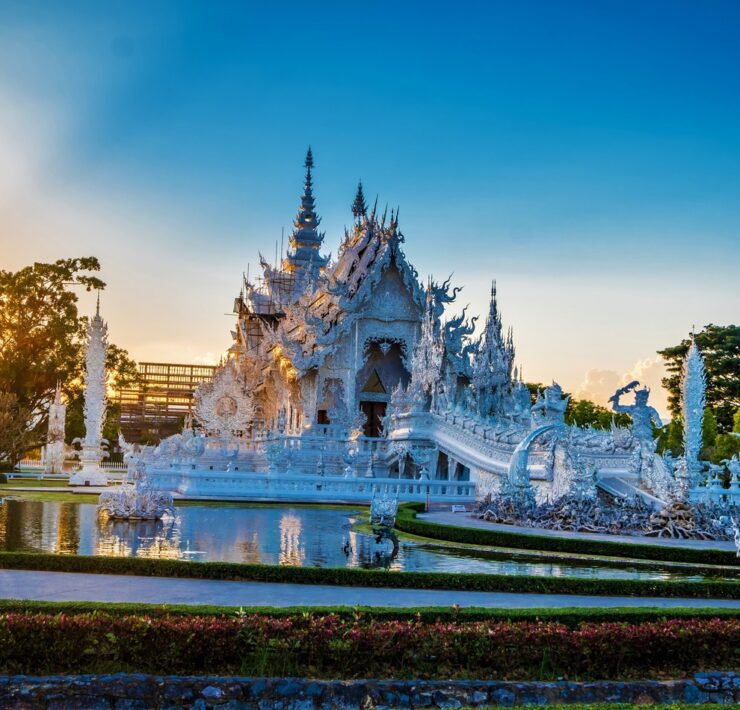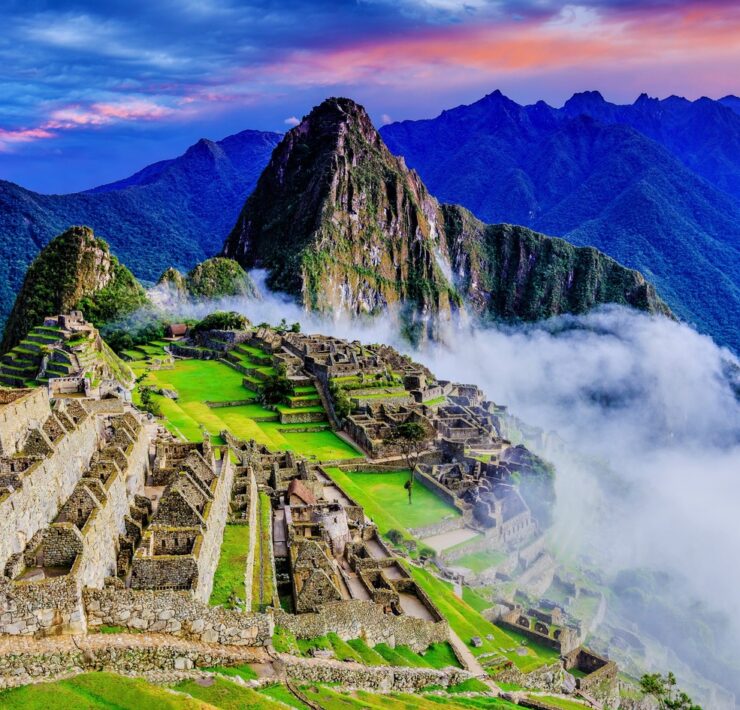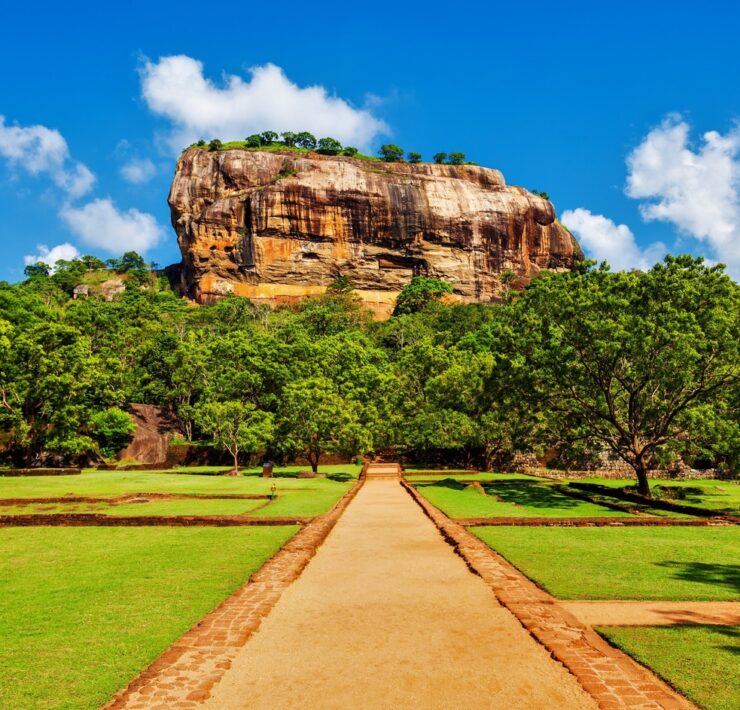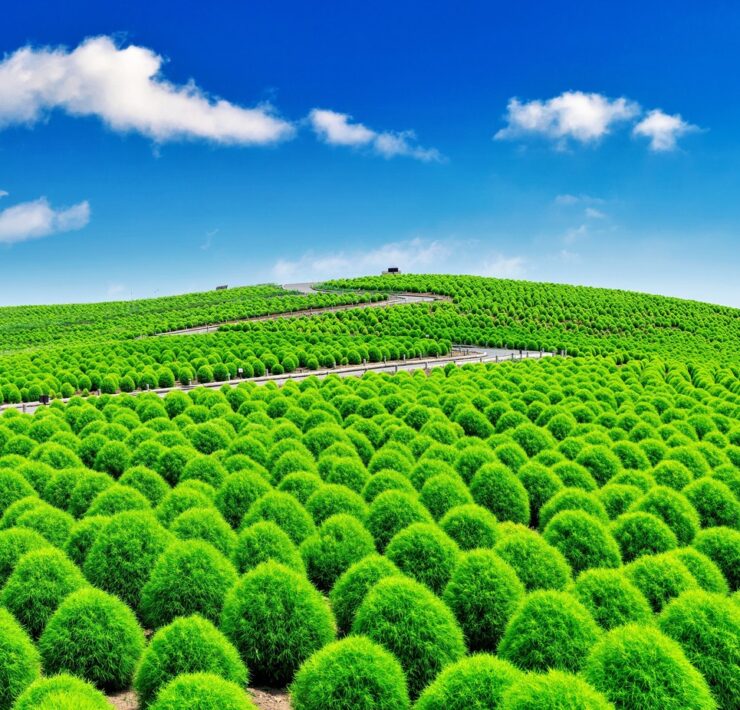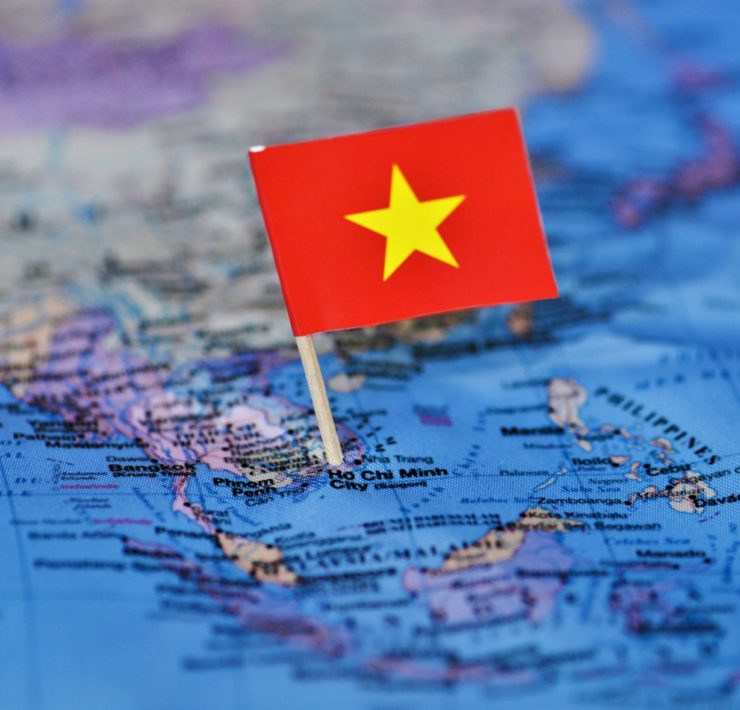A Glimpse of What 13 of the World’s Presidential Palaces Look Like Inside and Out
Being a president is a rare dream that can only be possible for the most courageous and passionate. Could the reason be that of the money, the power, the popularity, the ability to help make a nation stand proud, the ability to change a nation, or maybe just because of the luxurious home and office you can stay in when the dream turns to reality?.
It sounds shallow but when you see these lavish presidential palaces, buildings, or whatever they call it, being the next head of the state is not only a dream job but a way to have that chance in living in a dream home and working in a dream office. Here are 13 of the lavish-looking and design-sharp presidential palaces in the world.
1. Presidential Office Building, Taipei, Taiwan
Located in Chongqing S. Road facing Ketagalan Boulevard, the Presidential Office Building of Taiwan was built and destroyed during the Japanese occupation in World War II. It was reconstructed in 1946 as a five-floor main body with an eleven-floor high central tower, all colored in red and white.
2. Rashtrapati Bavan, New Delhi, India
The British architect Edwin Landseer Lutyens was given the primary architectural responsibility on Rashtrapati Bavan, first known as Viceroy’s House. The architectural design of the building shows the influence of the British through the heavy classical motifs, popularly used during the Edwardian Baroque period. Indian designs weren’t left out as the building included statues of elephants, stone basins, and bas reliefs.
3. Belém Palace, Lisboa, Portugal
Belem Palace is an “L” shaped building and the main space is located in a rectangular three-volume space in the south façade. Its interiors feature paneled ceilings, decorated with murals, medallions, and paintings. The palace is situated high up on a gently sloped hill that fronts the Praça Afonso de Albuquerque.
4. Palácio do Planalto, Brasilia, Brazil
The 36,000 square meter building aims to project an image of simplicity and modernity through the use of fine lines and waves to compose the columns and exterior structures. The palace’s façade is also composed by two strong elements: the ramp leading to the hall and the parlatorium (speaker’s platform).
5. Palazzo del Quirinale, Rome, Italy
The 6th largest palace in the world, Palazzo del Quirinale (Quirinal Palace) extends for an area of 110,500 square meters and houses a total of 1,200 rooms. The palace is located in Quirinal Hill, the highest of the seven hills in Rome.
6. Cheong Wa Dae, Seoul, South Korea
Cheong Wa Dae (Blue House) has buildings of different unique styles and shapes but there’s one thing that’ll surely catch the visitor’s attention – blue roof tiles. Approximately 150,000 tiles comprise the roof, each baked individually to make them strong enough to last.
7. Schloss Bellevue, Berlin, Germany
Schloss Bellevue was erected in 1786 on the banks of the Spree River as a summer residence for Prince Augustus Ferdinand of Prussia, Herrenmeister (Master of the Knights) of the Order of Saint John, and younger brother of King Frederick II of Prussia. It was the first neoclassical building in Germany.
8. Presidential Palace, Hanoi, Vietnam
During the French colonization in Vietnam, French architectural styles were employed for the colonial buildings, and The Presidential Palace isn’t exempted. Its design reflects the neoclassical Beaux-Arts architectural style with its classical building form and baroque ornamental detail.
9. The White House, Washington D.C., USA
In the White House, there are 132 rooms, 35 bathrooms, and 6 levels in the Residence. There are also 412 doors, 147 windows, 28 fireplaces, 8 staircases, and 3 elevators. The house has a collection of fine and decorative arts which includes historic objects associated with the White House and the Presidency, and the works of American and European artists.
10. Casa Rosada, Buenos Aires, Argentina
If South Korea has the Blue House and USA has the White House, Argentina presents you the Pink House. It was said that La Casa Rosada (Pink House) was painted baby pink to defuse political tensions by mixing the red and white colors of the country’s opposing political parties. Another explanation says that the original paint contained cow’s blood to prevent damage from the effects of humidity.
11. Kremlin, Moscow, Russia
The almost triangular Kremlin Wall that protects the towers of the Kremlin encloses an area of 275,000 square meters. The Kremlin is flanked by 19 towers but there’s a 20th tower outside its walls, the Koutafia Tower. Moreover, it includes five palaces, four cathedrals, and the Cathedral Square as the heart of area.
12. Élysée Palace, Paris, France
The lavish palace is situated in Rue du Fauborg-St-Honoré with all its rooms overlooking the Parc de l’Elysée apart from Vestibule d’Honneur. The Élysée Palace has a three-story central section, two single-floor wings, a ceremonial courtyard and gardens, and a building divided in the middle by a large salon that opens into the garden.
13. Ak Orda Presidential Palace, Astana, Kazakhstan
Ak Orda is an image of Kazakhstan’s declaration of independence with an architecture that shows the mixture of Kazakh and eastern design. One of the eye-catching things about Ak Orda is the blue and gold dome topped with a spire that has a sun with 32 rays at its apex, and a steppe eagle flying beneath the sun.
When On Earth Magazine is for people who love travel. We provide informative travel guides, tips, ideas and advice regarding places to see, things to do, what to taste, and much more for world travelers seeking their next dream vacation destination.

